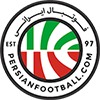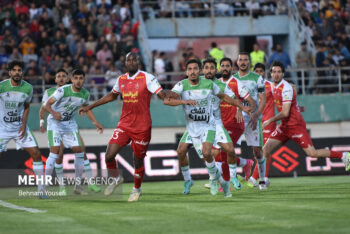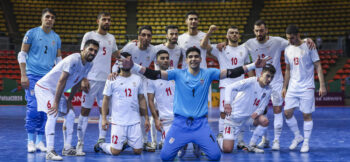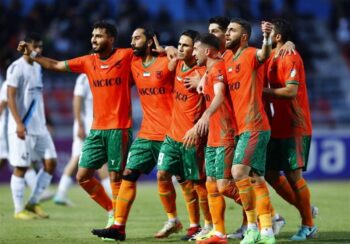FIFA U-17 World Cup 2017: Drawn in tricky Group C, Iran will have to be more than pragmatic to make an impact
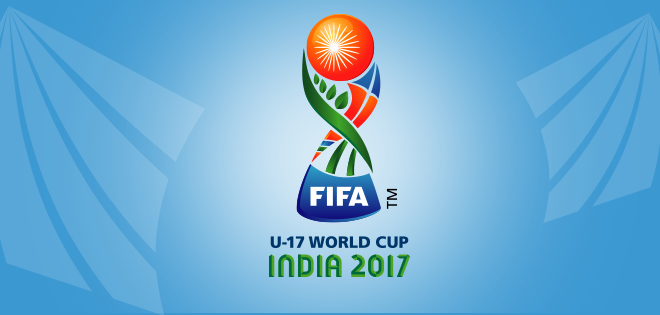
FIRSTPOST – NEW DELHI, Iran do not have particularly fond memories of the U-17 World Cup. They did not make it to the first eight editions of the competition.
When they finally did make it — in 2001 when Trinidad and Tobago hosted it — they endured the ignominy of finishing at the bottom of their group after losing to all three opponents, Costa Rica, Mali and Paraguay. Those three matches yielded two goals for the Iranians while they gave away six.
Their next opportunity to participate in the tournament came in 2009 in Nigeria, where they went one step ahead, making it to the last-16 stage. However, there too, heartbreak awaited them as they lost 1-2 to Uruguay cruelly in extra-time. Four years later, they found themselves in the knockout stages again where they were vanquished 1-4 by eventual winners Nigeria.
This time around, Iran has shown the tenacity required in big tournaments. At the AFC U-16 Championships, Iran displayed both free-flowing and defensive football depending on the situation. This pragmatism helped them make the cut for the quarter-finals as Group A toppers after a draw against UAE and wins over India and Saudi Arabia, the latter a come-from-behind 3-2 win.
Iran then thumped Vietnam 5-0 in the quarters to seal a spot at the U-17 World Cup in style. They beat Uzbekistan 2-0 to seal their a semi-final berth, and their first U-17 World Cup spot since 2013. Having entered the final thanks to a penalty shootout win over North Korea, they ironically lost to neighbours Iraq in another shootout.
In the aftermath of the final defeat, coach Abbas Chamanian pointed out that the bruising victory over North Korea in the semi-final, which left critical players like Mohammad Ghaderi carrying niggles and fatigued for the final was behind their loss.
“We were very tired after the semi-final with DPR Korea, and Mohammad Ghaderi and Saeid Ahani were carrying injuries from that game so did not perform at their best,” said Chamanian, who also coached the Iranian U-20 national team in 2002.
That he still played Ghaderi in the final despite him being fatigued and carrying a niggle, speaks volumes for the importance of the left winger. The predominantly left-footed maestro, who made a name for himself for coming out on top in one-on-one situations against wing backs, was perpetually at the heart of Iran’s forays going forward.
Another key player for the Iranians, who showed at the AFC U-16 Championship that they prefer to play in a 4-2-3-1 formation which allowed them to dominate possession, is the calming presence in the centre of the park of captain Mohammad Sharifi, who earned special mention in the technical report of the AFC U-16 Championship for his reading of the game and his positional play. The defence is manned by the capable Shariati, a tall central defender, who has shown his capabilities in one-on-one situations. Shariati also showed at the AFC U-16 Championship that he likes to dribble the ball out of the defence rather than clear it out.
The AFC technical report for the U-16 Championships, co-authored by the AFC technical team comprising of Iran’s Morteza Mohases, Jose Ariston Caslib of Philippines and AFC Technical Director, Andy Roxburgh, also pointed out how Iran’s “emphasis was on building from the back with good transitions in both directions.” The report also singled out left winger Ghaderi for his outstanding “wing play” while the back four earned praise for their “determined, quick-to-the-ball and well organised defending”.
One area of concern, however, for the Iranians is the lack of goals coming from some players. After all, at the AFC U-16 Championship, 12 of the 13 goals scored by Iran came from four players — Ali Reza Asadabadi, Allahyar Sayyad, Sharifi and Ghaderi.
Iran was drawn in the tricky Group C with Germany, Guinea and Costa Rica. Despite finishing just third at the U-17 UEFA Championship, Germany showed how good they can be by scoring 36 goals in their seven matches while conceding just six times. The European team will also have a point to prove, having surprisingly never won the U-17 World Cup. They came within touching distance in 1985, where they lost in the final to Nigeria. The also finished third twice in 2007 and 2011.
In Costa Rica, Iran will face another attack-minded side. The Costa Ricans romped through the central American qualifying zone winning every game to reach the 2017 CONCACAF U-17 Championship. There, the Los Ticos again won all of their matches to make it to the classification round, where they were thumped 1-6 by Mexico. However, they still did enough to seal qualification for another U-17 World Cup. While the national team of Costa Rica rarely features in the FIFA World Cup — they have played in the prestigious tournament just four times — their U-17 outfit has made a habit out of competing in the age group World Cup.
Guinea also has established their credentials by securing the third spot in the competitive U-17 Africa Cup of Nations.
Pragmatism may have secured Iran’s entry into the World Cup, but they will need much more to succeed at the World Cup in October.
